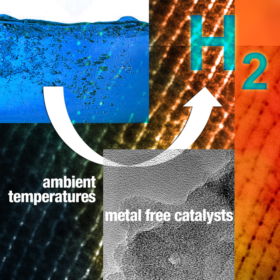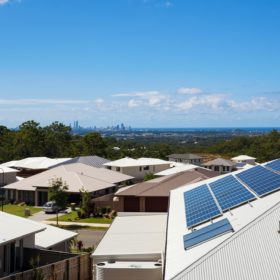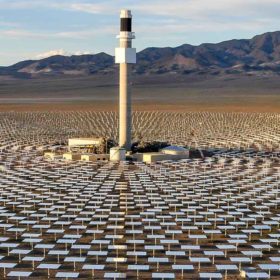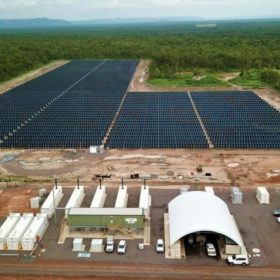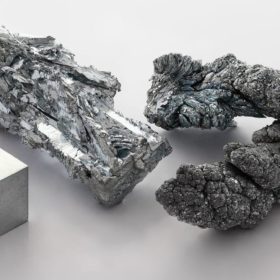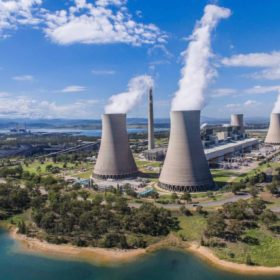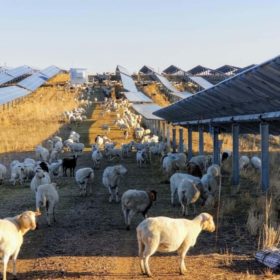Victoria’s Solar Homes program extends with six VPPs offering ‘guaranteed benefits’ and extra protections
The Victorian government will be expanding its Solar Homes rebate program into the world of Virtual Power Plants (VPPs), announcing on Tuesday that households who install a battery and sign up to the pilot before July 2022 will receive a rebate of over $4000.
Lithium-ion home battery blaze in Adelaide reignites safety concerns
A fire caused by a lithium-ion home battery system in northern Adelaide over the weekend has led authorities to urge solar and battery owners to be vigilant with maintaining their systems.
New dehydrogenation process to improve hydrogen storage
The U.S. Department of Energy’s Ames Laboratory launched a new catalyst based on nitrogen and carbon to extract hydrogen from hydrogen storage materials at mild temperatures and under normal atmospheric conditions. Furthermore, South African President Cyril Ramaphosa said that the country is working on attracting new investments in electric vehicles and hydrogen and Norwegian consultancy and classification society DNV launched, together with 18 industry partners, a new Joint Industry Project (JIP) to enhance the standardisation for hydrogen production systems that use renewable energy-powered electrolysis to produce green hydrogen.
WA rolls out new rules to manage booming rooftop solar sector
Western Australia will today introduce new curtailment rules which will allow for all new and upgraded solar PV and battery energy storage installations with an inverter capacity of 5 kW or less to be remotely turned down or switched off in emergency situations.
Next-gen concentrated solar power now under development in US
In new studies led by researchers from the National Renewable Energy Laboratory, the US Department of Energy pursues an energy cost goal of US$0.05 per kilowatt-hour.
Milestone as solar PV provides 100% power for Territory town
The remote Northern Territory township of Jabiru, deep in the heart of the Kakadu National Park, has been powered 100% by solar PV during the final commissioning of the new Jabiru Hybrid Renewable Power Station.
Zinc batteries: Old technology brings new values
In battery storage, there is no silver bullet chemistry type and as we move towards more ambitious decarbonization goals, room is being made for diverse systems. As an old technology with new vitality, zinc-based batteries are edging closer to commercialization, leveraging their unique ability to be configured for short and long duration operation. They are safer, longer lasting and, in some cases, reportedly up to 50% cheaper than lithium-ion batteries and, following recent game-changing advances, the prospects for zinc look much more exciting. pv magazine sat down with the manager of the newly established, global Zinc Battery Initiative, Josef Daniel-Ivad, to discuss the technology’s market position and developments.
Latent heat thermal storage with PV for nearly zero-energy buildings
Researchers in Italy are combining PV with latent heat thermal storage (LHTM) and other renewable energy sources to maximize clean energy consumption in buildings. The 47kW PV array and LHTM system work independently, but the scientists said that a heat pump could be used to link them.
AGL accelerates closure of coal-fired power plants
Australian energy major AGL has fast-tracked the closures of its two biggest coal-fired power plants by several years as it pushes ahead with plans to demerge in response to the ongoing market shift towards renewable sources of electricity.
Grazing animals increase carbon sequestration by up to 80% in PV projects
Temple University researchers have found that managed sheep grazing on an acre of recovering agricultural soil with native plants may sequester 1 ton of carbon per year, which could accumulate for 12 to 15 years before reaching saturation.


